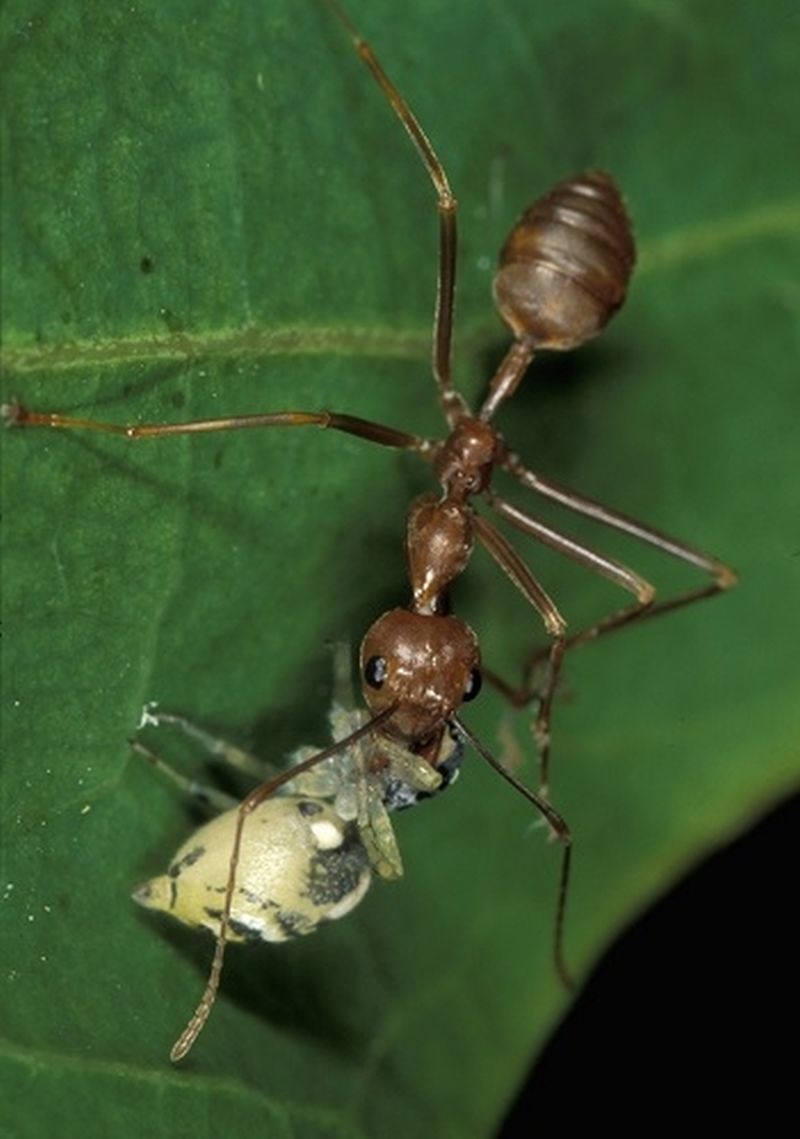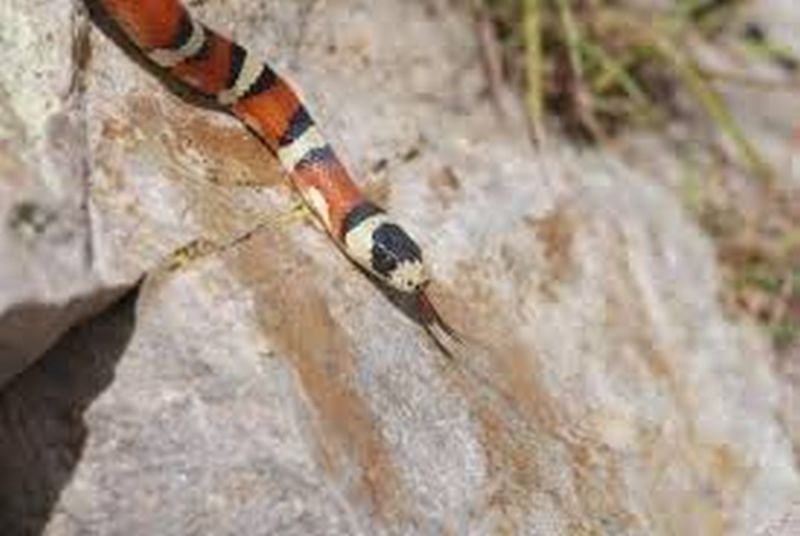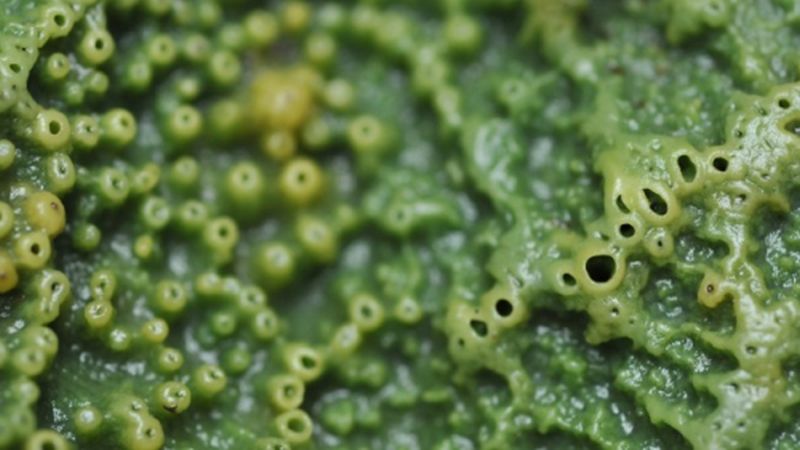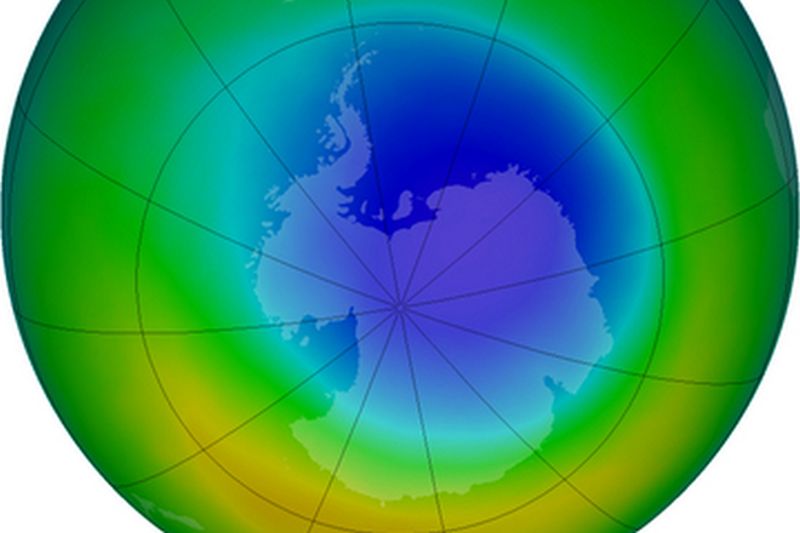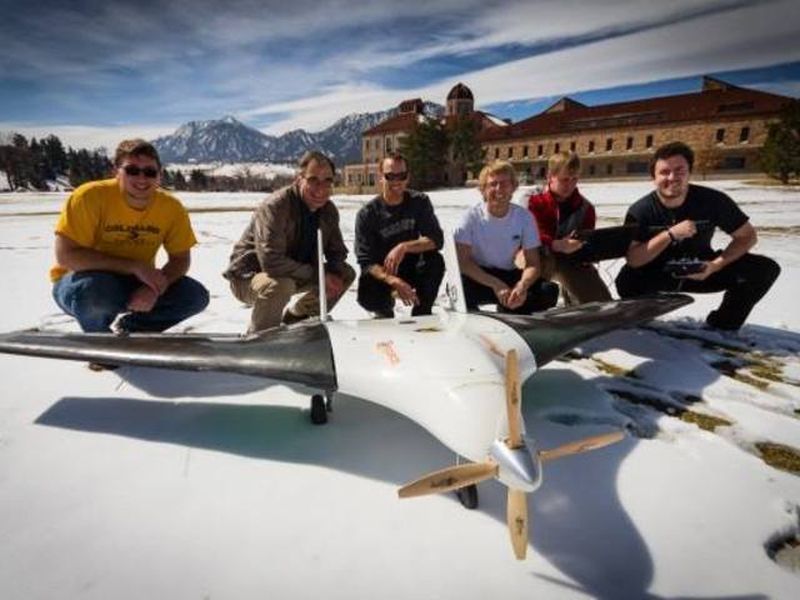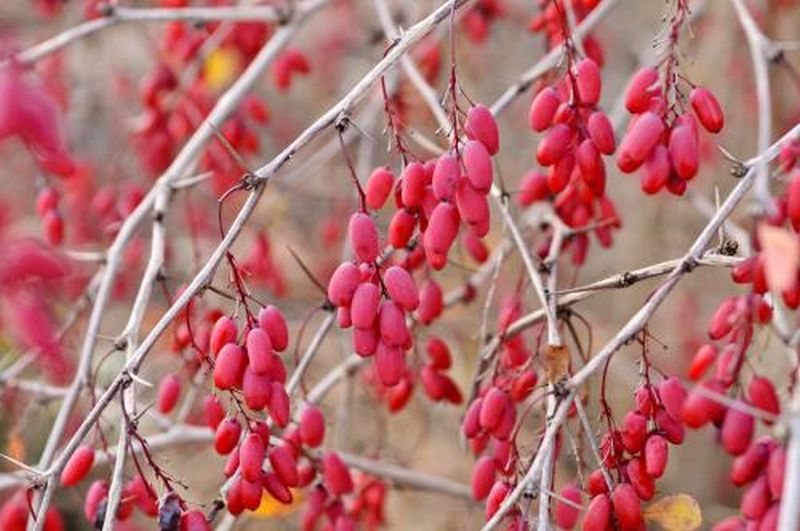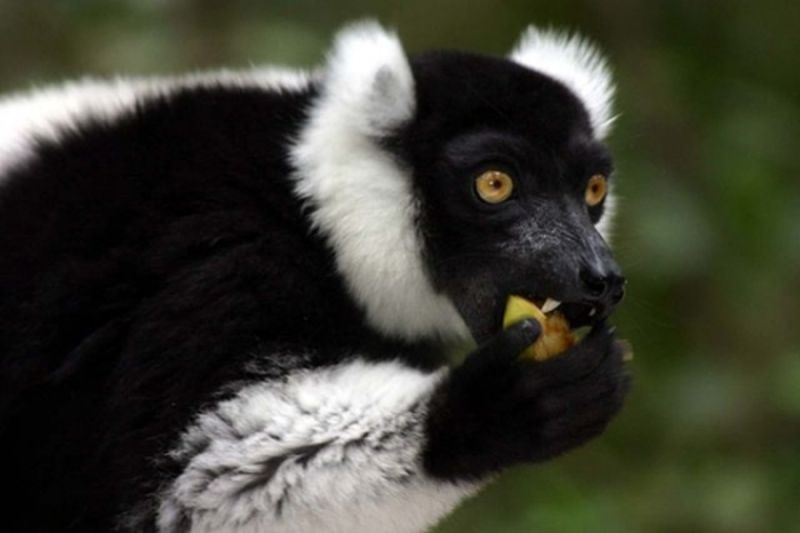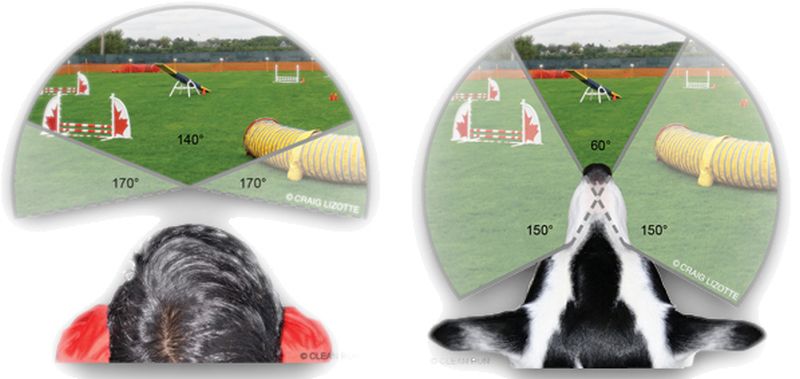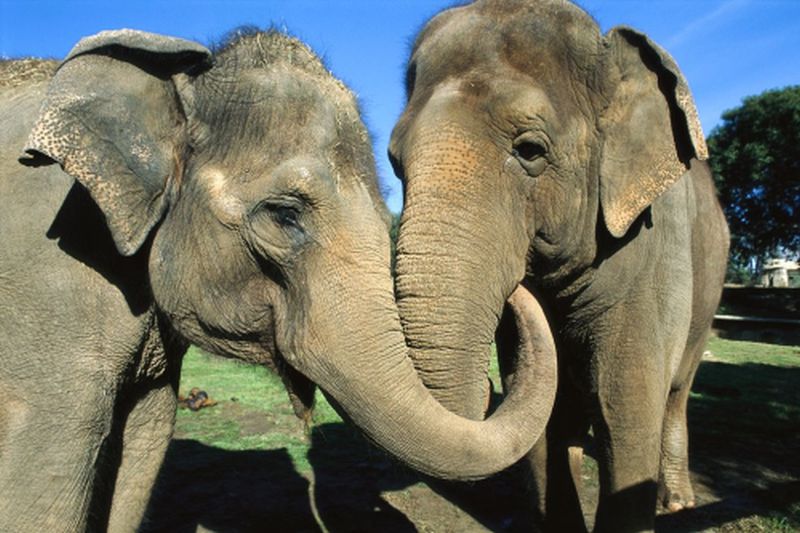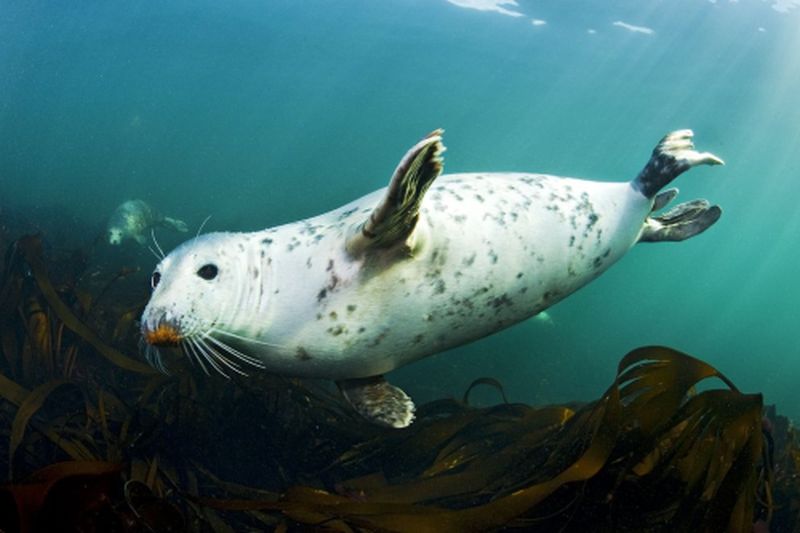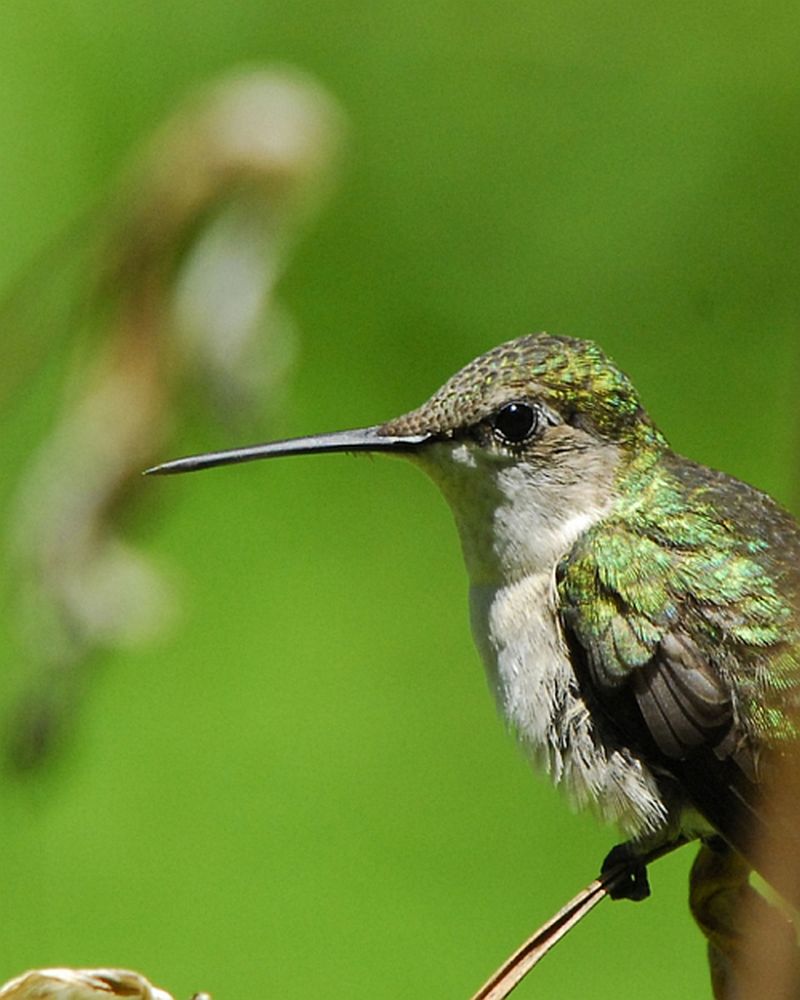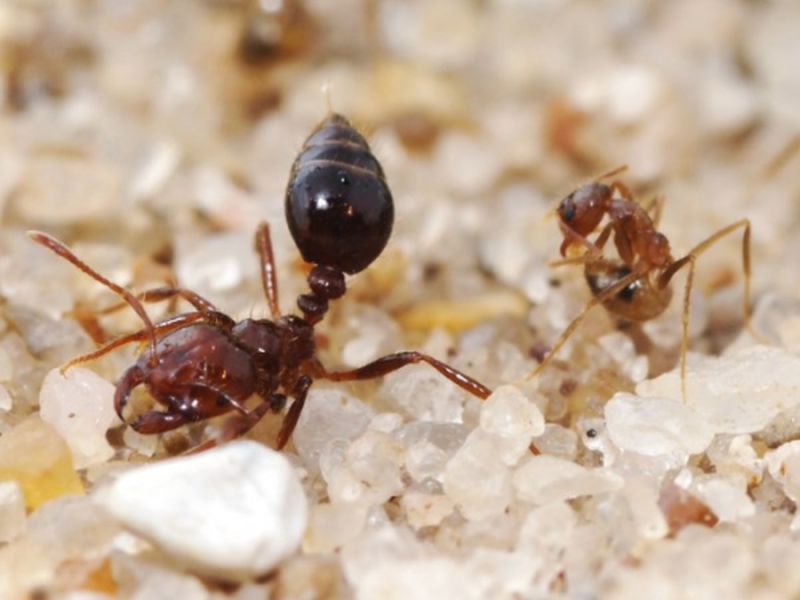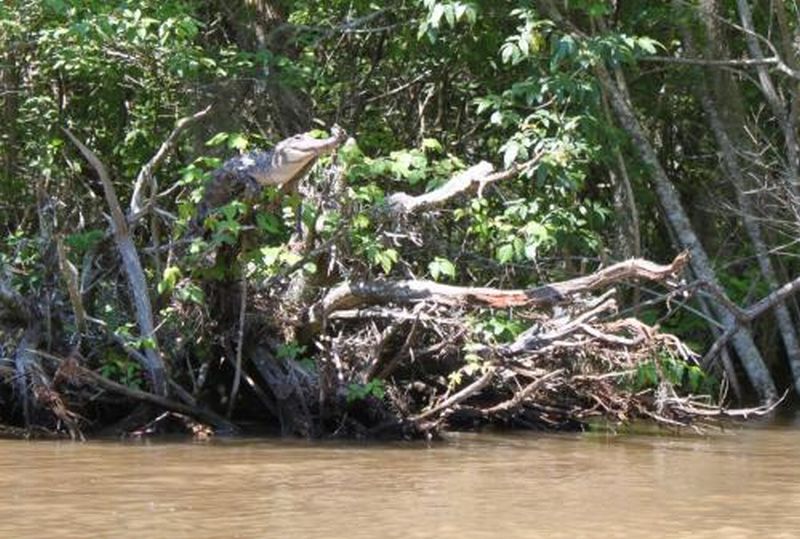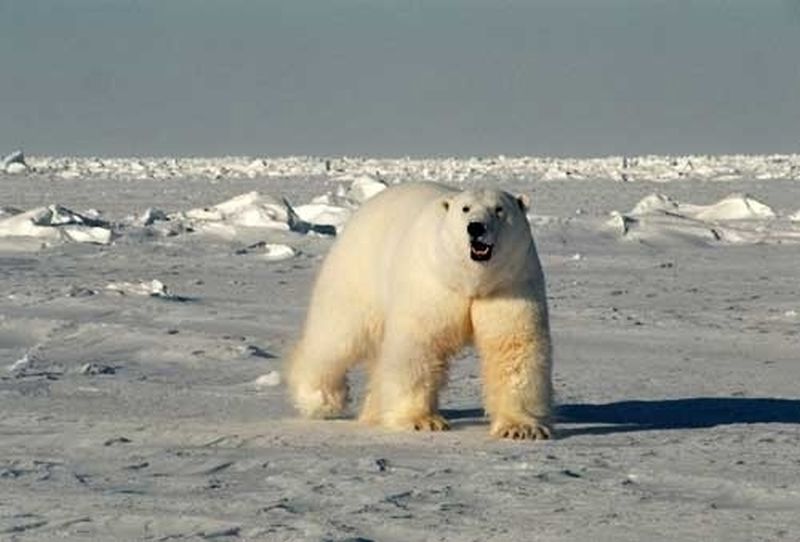Animals use different defense techniques, such as camouflage, mimicry or unusual associations or group living to defend themselves from its predator. The jumping spider who seeks the help of ants in order to protect themselves from its enemy, the spitting spiders, exhibits defense mechanism, which is completely weird and of course different. Interestingly, the ants, which act as a protector for the jumping spiders against the spitting spider, equally love to feed on them.
Read MoreCategory: Eco Tonics
Defenseless Animals Mimic for Survival
We are often fascinated by the bright colors of the animals. In nature, these bright colors of the animals are not just to impress females or a fashion statement, rather are the characteristics of animals with an anti-predatory defense, such as a poison or sting. Predators over the time have understood to avoid attacking such animals, which either can hurt them or might taste awful.
Read MoreOcean Life Evolution: Animals Created Oxygen First
All know the theory that first life originated in water, it is believed that the increase in oxygen levels in water has supported the evolution of complex life forms. Recently this theory has been challenged and the new theory as proposed by the researchers from the University of Exeter, in England says that, the early forms of animals are the one, responsible for enriching the oceans with oxygen.
Read MoreMicroalgae Lamp: Consumes More CO2 Than A Tree
Increase in concentration of carbon dioxide (CO2) in the air is the major cause of green house effect. Researchers are determining ways to reduce the emission of carbon dioxide. Pierre Calleja, French biochemist and Shamengo pioneer have found a solution to this problem and designed an innovative algae powered street lamp, capable of absorbing CO2 from the atmosphere. These lamps can absorb a massive, one ton of CO2 in a year, which is the same amount that is absorbed by an average tree during its life span of nearly 150…
Read MoreHuman Made Ozone Destroying Chemicals Found In Atmosphere
The ozone layer present in the stratosphere region of the earth, serve as a screen against the harmful ultraviolet B radiation that are emitted by the sun. The UV B radiations are extremely harmful for animals and causes skin cancers and cataract in humans. These radiations, also retard the reproductive cycle of shrimps, crabs and majorly, phytoplankton which in turn will affect the population of creatures dependent on the phytoplankton.
Read MoreTeam AREND Creating Unmanned Drone to Combat African Rhino Poaching
Poaching is one of the world’s most organized and largest crime industries. Several animals like, rhino, elephants, tiger, gorilla, sharks, whales and many other species are being ruthlessly poached and extensively being pushed towards extinction. Without human intervention, these animals cannot protect themselves from the poachers. There are several anti- poaching communities worldwide guarding the last few animals left in the wild, however, the effort is still not enough.
Read MorePlants Do Have IQ: An Ecological Possibility
As proposed by the researchers from the University of Göttingen and the Helmholtz Center for Environmental Research (UFZ), plants are capable of making arduous decisions when caught in tough situation and until now, plants intelligence was underestimated.
Read MoreEating Seasonal Fruits Gives Cognitive Edge: A Research
Fruits are good for maintaining a healthy body as well as a healthy mind, is a fact that almost everyone knows. A research conducted to understand the genesis of intelligence in the primates also confirms the same. Researchers have found that the lemurs gorging heavily on fruits show better cognitive abilities than the lemurs that feed on a variety of food such as leaves, insects, seed and so on. The finding supports the notion that eating seasonal fruits or fruits that are difficult to get, gives certain cognitive edge to…
Read MoreCats And Dogs Are Equipped With UV Vision: Is It The Sixth Sense?
Lately, a research has revealed that many animals, including cats, dogs and some other mammals has the ability to see things that are not visible to human eyes. Biologists at City University and University College in the U.K, Ron Douglas and Glen Jeffery say that the secret that empowers these animals to view things is their ability to detect ultraviolet light.
Read MoreA Behavioral Aspect: Animals Show Gestures of Love
Humans need gestures of love and affection, especially during tough times. Similar gestures have been noticed in the animal kingdom as well. Animals such as Cats, dogs, chimps, Gorillas, orangutans and birds such as crows, ravens, scrub jays are known to show empathy and love towards their stressed out member of the group. To this list, researchers have added the Asian elephants, who have been noticed to show gestures of love through gentle strokes and through various sounds, communicate with the distress member to express their empathy.
Read MoreArctic Waters Under Parasitic Threat: Risk For Marine Mammals
We have already seen how the rise in temperature is melting away the ice at the poles making the life of polar bears and penguins difficult. Melting ice at the poles is making these animals look for alternate hunting and breeding places. Apart from polar bear other marine animals like ringed seals, gray seals and beluga whales are exposed to these problems. Now researchers have found another challenge that these animals are facing- exposure to new diseases.
Read MoreHummingbirds Too Can Create New Tunes
In the animal kingdom, the burden lies with the males to seduce and impress the female for mating. We have already covered an article on peacocks, who had mastered the art of dance to impress the peahens. Apart from dance, singing is another way that male birds try to impress its female counterpart. One such research conducted on hummingbirds, showed that they are capable of changing the tunes of the songs that they learned at tender age or even create a new melody altogether. Traditionally it was believed that these…
Read MoreFire Ants versus Crazy Ants: Battle For The Ecosystem
We are familiar with the species of ants known as fire ants, which are famous for their painful stings. The venom in the stings causes acute pain in humans and fatal for other species of ants and insects, is known to be twice or thrice more toxic than DDT when compared on a per weight basis. Therefore, these are known to dominate the territory where they reside. However, recently a species of ants have invaded the fire ant territory and giving a tough fight to these native ants.
Read MoreResearchers Observe Tree Climbing Behavior Among Crocodiles
Most people believe that the crocodiles are mainly or semi aquatic and therefore, can hide and attack its prey on land and under water. Many of us would not ever imagine a crocodile climbing a tree to attack its enemy or to feed. But this is a fact, as seen by scientists from the University of Tennessee, Knoxville, crocodile can easily climb and have been seen reaching up to the tree crowns.
Read MoreArctic Polar Bears’ Genetic Adaptations Help Fight Hibernation
Black and brown bears are known to go to hibernate during the winter seasons, to stay warm, cozy and to conserve energy. But researchers are curious to find an answer, why polar bears residing at higher latitudes, unlike brown and black bears hibernate and how do they stand the freezing cold of arctic tundra. Only female expecting babies are often seen to hide in caves during winters to save themselves in exceedingly low temperatures.
Read More
